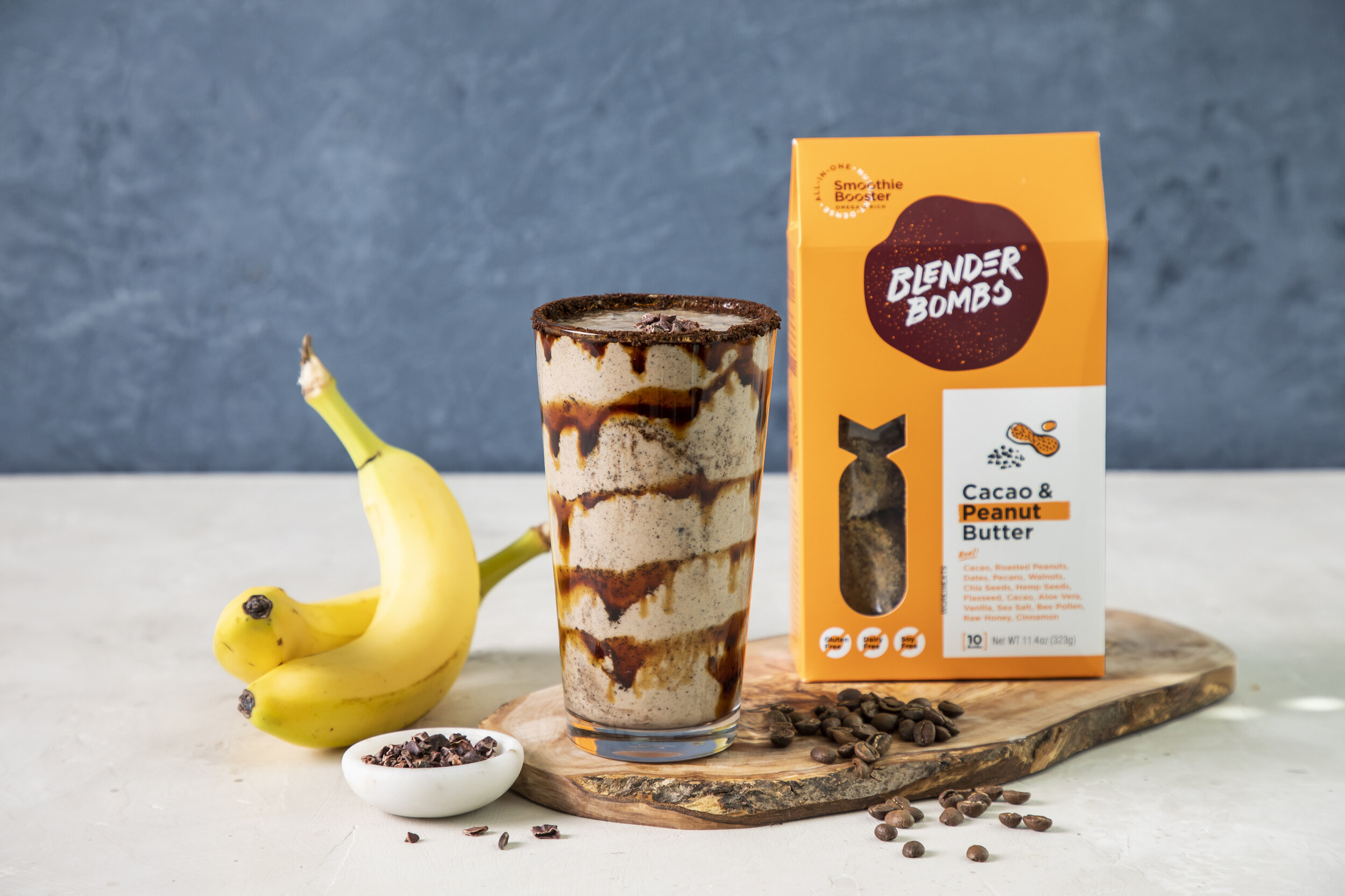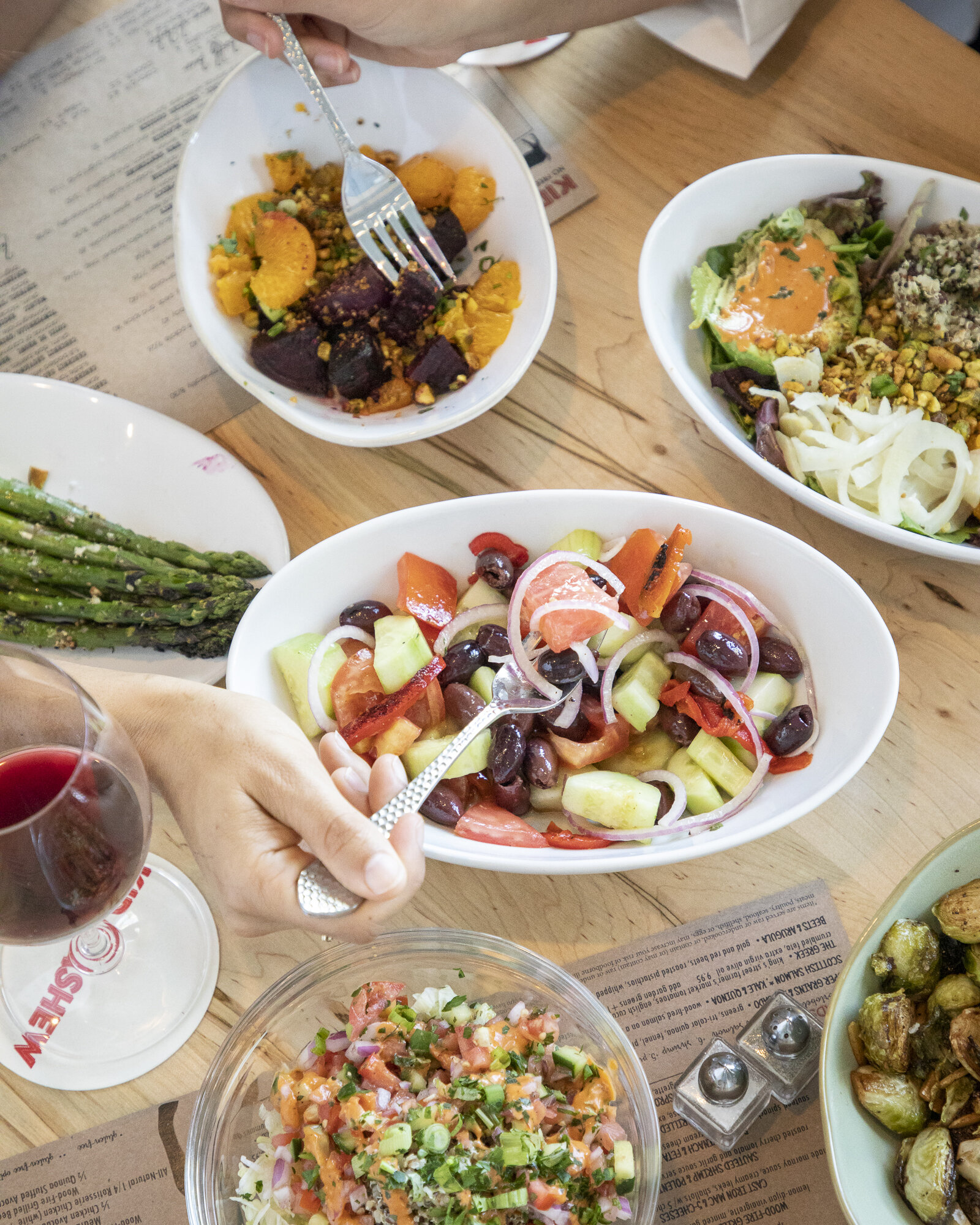Plant-based. How trendy of me, right? I’ve wanted to try this way of eating since 2017, but I never pulled the trigger until recently. I dabbled with it for a couple weeks back in January without any real objective in mind, but then I realized how easy it was. So I decided I would go 85% plant-based for the month of February. The other 15% would be my no-judgment zone (and if I decide to cheat, there is no half-ass-ing about it).
Plant-based gets a lot of buzz – both hype and hate. So let’s actually define the concept. A plant-based diet consists of real, whole foods, including: vegetables, fruits, whole grains, legumes, nuts and seeds. It generally eliminates processed foods, although there are now plenty of legitimate qualifiable plant-based replacements for the standard everyday processed foods. Still, the idea is to consume real, whole foods in their most natural, original and raw form to encourage maximum nutritional benefit. And after my experience, I prefer to look at this lifestyle as “plant-focused.” This shift in perspective eliminates any sense of restriction … it allows for flexibility and indulgence, but it emphasizes nutrient abundance by flooding your body with the good stuff, which is the goal for me. Most people see it to be so limiting, but adopting this way of eating showed me how expansive it really is. In reality, this diet encourages inclusivity as the primary objective is to be "plant-rich."
When you emphasize nutrient abundance, you function more optimally. There is not enough awareness of micro-nutrition in my opinion. Most people are only familiar with macro-nutrition. While important to keep an eye on ensuring you're getting adequate protein, fat, fiber and carbs, people lose sight of micro-nutrition when they only know to register the numbers on nutrition fact labels. Food is information. It's more than just calories - and not all calories are created equally. Micro-nutrition is the key to optimizing your microbiome, which affects literally everything in your body. Your microbiome is the collective microbiota (bacteria, viruses, etc.) living in and on you, but I'm specifically focused on the gut microbiome, or the aggregate of bacteria living in your digestive system. The collection of bacteria in your belly is the boss and the more colorful your palate is, the more optimal functioning you can expect. Diversifying the colors of the plants you consume exposes you to the different vitamins, minerals, phytonutrients and antioxidants that your microbiome needs to flourish. This microbiome processes, detoxes, and defends more efficiently and effectively when you flood it with diverse, nutrient-rich plant foods.
The microbiome alone is grounds for another post, so I want to focus on micro-nutrition here. Micronutrients are vitamins, minerals, phytonutrients and antioxidants. We do not produce these on our own so we must derive them from food. Ever experienced that "hidden hunger?" You continue to eat despite knowing that you've consumed enough calories … That is micronutrient deficiency. Your body is not getting the essential nutrients it needs. They don't tell you that you are protein-deficient when you get your blood work done. They tell you that you are iron-deficient, folate-deficient, potassium-deficient, etc. After suffering through a few different blood drawings last year, I was most definitely determined to be micronutrient-deficient, which is why micro-nutrition is what fed this plant-focused excitement. Unfortunately, Chick Fil A spicy chicken sandwiches and waffle fries lathered in Chick Fil A sauce aren't high in micro-nutrition. I know, shocking.
When in doubt, follow Dr. Greger’s Daily Dozen checklist to ensure you’re consuming all of the plant-based food groups at sufficient amounts each day. His app, DailyDozen, has a checklist to ensure comprehensive, flush micro-nutrition.
As I said, I started adopting the fundamentals of this lifestyle in January. I decided to kick it into high gear when I started to feel differences and when I realized how easy eating this way is in actuality. Slowly but surely I began to tell different people because it would come up for different reasons. The two questions I got every time, and I mean every time, were “wait … so what do you eat?!” and "where do you get your protein?!" It's funny because you realize how extensive the options are once you experiment. Most don't understand this yet because their focus is elsewhere (namely on animal-based protein). I don’t focus on what I can’t eat. I focus on the ample foods I can eat. There is a misconception that plant-based eaters are malnourished and protein-deficient, but it's due to misinformation from the food industry.
Plants have protein too! Most people will retort with "it's not a complete protein," but that's not true. Your body makes 11 of the 20 amino acids that make up a protein. The other 9 we must derive from food. And there are plenty of plant sources that provide those remaining 9 amino acids for us (nuts, seeds, beans, and even some vegetables).
How do you think animals get their protein? “You are what you eat,” right? Those animals eat plants, which is the original source of the protein. That means that the quality of protein sourced directly from plants is much higher. Think about a seed. A little seed has everything it needs to build an entire tree … that one seed. That is high quality protein straight from the source that is not paired with unnecessary fats, etc.
Snowballing off of misconceptions - carbs are dubbed to be bad guys. However, they are healthy and necessary for you. Humans need carbs. We store carbs as glycogen in our muscles and glycogen is the primary currency that muscles operate on. The carbs that we should be stocking up on are those that come in the form of whole grains, vegetables, fruits, legumes, nuts and seeds. There is a fear of carbs and an overemphasis on proteins, but the energy we all need and seek comes from these carbs. Some of the worlds most accomplished athletes rely on this lifestyle for performance and the derive their lasting energy from carbs.
After experimenting for the month, I realized the following -
I have to have options on hand. Those easy and/or dangerous in-office bites flirting with you during your 3:00 pm slump will get you.
I feel less bloated and lethargic, and "lighter" overall (and I don't mean in terms of weight).
My workouts are more effective and my energy during workouts is much more sustainable.
I have more mental clarity.
I don't experience the unnecessary regret I used to experience when I would cave on a “cheat” food.
I should’ve taken reintroduction slower. At the end of the month experimenting, I had primarily meat options at a wedding I went to. I indulged and it was a blunt approach.
It’s not hard and I will absolutely continue this 85% of the time.
My easy go-to’s will be coming in another post soon.
In my opinion, this is the only sustainable “diet” because it’s literally designed to sustain you and your energy and your health. The focus is not about restriction and elimination, but rather saturation of the most nutrient-dense food. Eat more plants, people!
Xx






